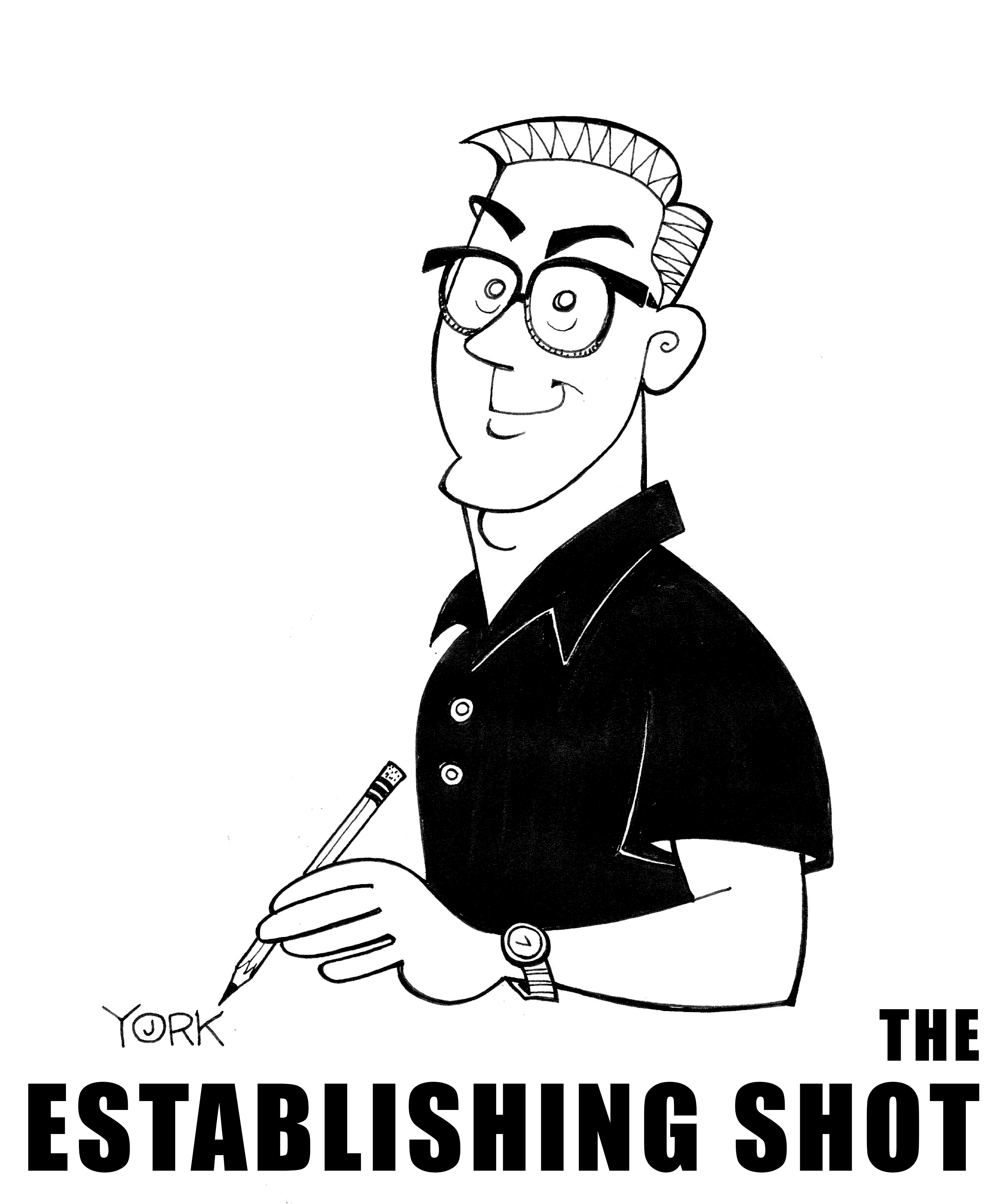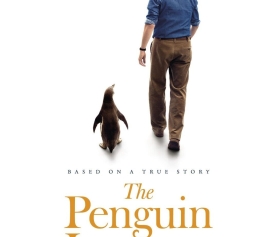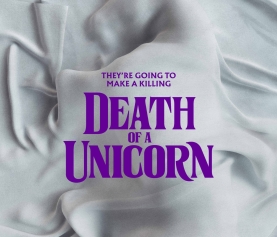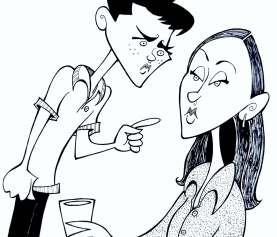
More often than not, filmmakers try and make the hero or heroine of their story a smart cookie. The thinking is that if they’re intelligent, we in the audience will cheer them on against all the obstacles they’re shrewdly working to overcome. But what if the lead in the movie is kind of dim, oblivious, even fatuous? Or capable of viciousness themselves? That’s what is at play with the heroine in the new thriller SKINCARE. She’s a cosmetics guru fending off a stalker, but her increasingly rash choices make her almost as much as a bad guy, and thus, this film ends up playing out much more like a dark comedy.
Elizabeth Banks plays Hope Goodman, a celebrated aesthetician in Hollywood who’s starting an expensive skincare line. Hope’s got a quality product – she keeps telling everyone that all of her creations are made in Italy – but as a capable business exec, she’s in way over her head. Hope has sunk her last dime into the business and now cannot pay her rent. She’s resorting to sexual come-ons to persuade a male TV journalist (Nathan Fillion) to give her favorable press. And she doesn’t even have enough space set aside for all of her burgeoning inventory. Hope’s a hot mess, and quite amusing in her dunderheadedness at first, but then two events occur which bring out the beast in this beauty.
First, a rival skin care aesthetician named Angel Vergara (Luis Gerardo Mendez) moves in directly opposite her shop in Beverly Hills and starts shaving off her clientele. Not long after, a stalker starts badgering her and seems hellbent on destroying Hope’s reputation and business. She thinks she’s a modern woman, springing into action, ready to face down her attacker, but the choices she makes in her battle against her unseen prey are mostly terrible ones. Hope starts stalking Angel, and she employs some very bad men for assistance in her quest for justice.
Despite screenwriters Sam Freilich, Deering Regan, and Austin Peters presenting us with a host of possible stalkers, the baddie’s identity struck me as wholly obvious. Perhaps that’s the point – – we should easily recognize who’s terrorizing Hope to more clearly see how she doesn’t, thus becoming her own worst enemy. That’s a clever conceit and Banks takes that ball and runs with it. She isn’t afraid to play up Hope’s pride or rudeness as her character becomes more and more of the problem. Hope reminded me of those tragically flawed instigators you’d find in a Coen Bros or Brian De Palma film, the kind of protagonists who edge ever closer to being the antagonist.
Peters, doing double duty as the director here, takes many cues from De Palma’s directorial style in 1980s films like DRESSED TO KILL and BODY DOUBLE too. He snarkily mixes the glamourous and grotesque in equal measures, while ensuring that the cinematography, editing, and sound design zing with that 80’s slickness. And even though this story takes place in 2014, Peters utilizes throbbing electronica courtesy of composer Fatima Al Quadiri whose work here recalls the scores that Pino Donaggio and Giorgio Moroder created for De Palma in that decade.
It all makes for a sly but stinging commentary on the ugliness of the beauty trade as Hope becomes uglier and uglier with each of her actions. And despite her thinking she’s in the right, our heroine just can’t put a good face on all the damage she’s left in her wake.







